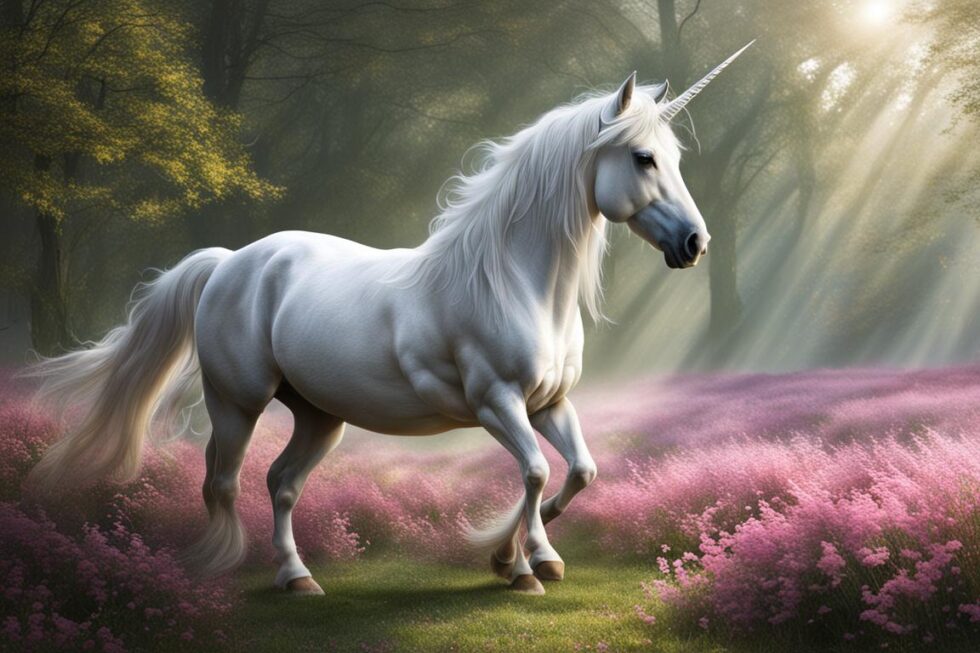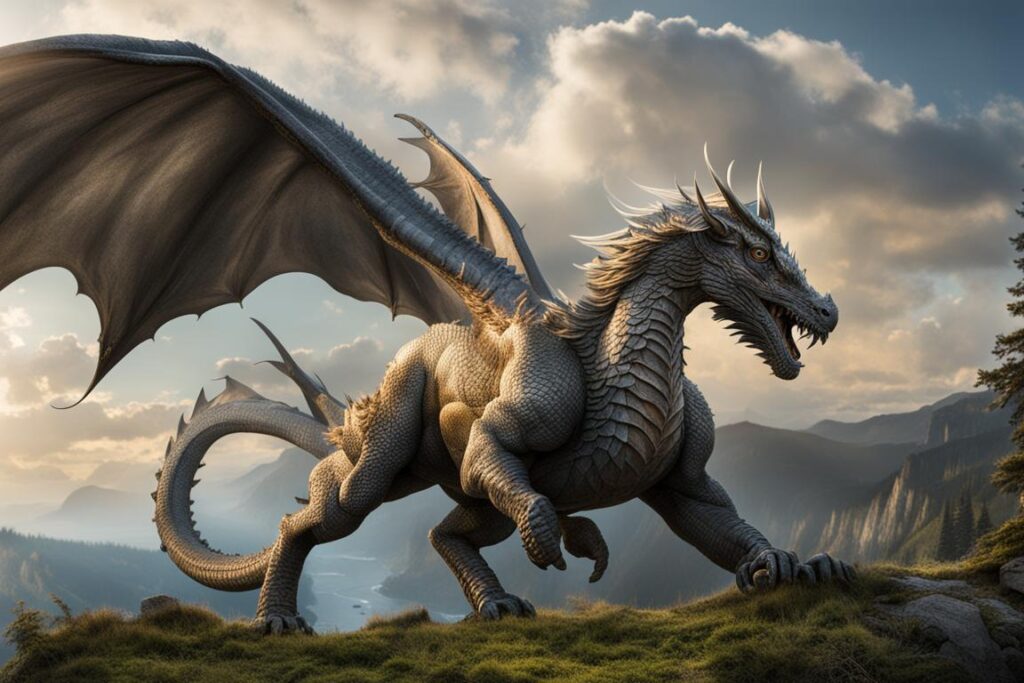
In the year 2040, humanity made a stunning discovery: mythical creatures like dragons and unicorns were real and had coexisted with humans in hidden parts of the world for millennia. The revelation came after a series of expeditions and scientific breakthroughs unveiled these fantastical beings, forever changing the course of history and human society.
The immediate reaction to the existence of mythical creatures was a mix of awe, fear, and excitement. Governments, scientists, and ordinary people around the world grappled with the implications of sharing the planet with such powerful and magical beings. International coalitions were quickly formed to study and protect these creatures, leading to the establishment of new global organizations dedicated to magical ecology and conservation.

The presence of dragons, unicorns, and other mythical creatures had a profound impact on the environment. Dragons, as apex predators, influenced the balance of nature in their territories. Their nesting sites and migration patterns became areas of intense scientific study, and conservation efforts focused on preserving these habitats. Special dragon reserves were established, allowing these magnificent creatures to thrive while ensuring human settlements remained safe.
Unicorns, known for their healing powers and association with purity, were found in remote forests and meadows. Their presence revitalized the ecosystems they inhabited, promoting the health and growth of plant life. These areas became protected sanctuaries, drawing visitors and pilgrims seeking the blessings and healing properties associated with unicorns.
Culturally, the discovery of mythical creatures deeply influenced art, literature, and traditions. Festivals celebrating dragons and unicorns became common, with rituals and ceremonies aimed at honoring and coexisting with these powerful beings. Artworks depicting dragons soaring through the skies or unicorns grazing in enchanted forests became treasured masterpieces, inspiring a renaissance of creativity and wonder.
The integration of magic into society led to significant technological and scientific advancements. Alchemists and scientists studied dragon scales, fire breath, and unicorn horns for their unique properties, leading to breakthroughs in medicine, energy, and materials science. Dragon scales were used to create incredibly strong, lightweight armor, while unicorn horns possessed potent healing properties, revolutionizing healthcare.
Magic became a recognized and respected field of study, with universities and academies dedicated to understanding and harnessing the powers of these creatures. Mages and scientists worked together to integrate magical and technological solutions, creating a society where both coexisted and enhanced human capabilities. This collaboration led to innovations such as enchanted transportation and magical communication devices.
Economically, the existence of mythical creatures brought both opportunities and challenges. Dragon territories were carefully mapped and respected, with laws and treaties established to protect both humans and dragons. The trade in magical artifacts, such as dragon eggs or unicorn hair, was highly regulated to prevent exploitation and ensure ethical practices. Nations with large populations of dragons or unicorns wielded significant influence, using their connection to these beings as both a symbol of power and a practical advantage.
Socially, the presence of mythical creatures transformed daily life. Encounters with dragons and unicorns were rare but awe-inspiring events. People living near dragon territories developed specific customs to avoid provoking these powerful beasts, such as building homes with dragon-repelling charms or planting certain types of trees that dragons avoided. Unicorn sightings were seen as a sign of good fortune, and areas frequented by unicorns became pilgrimage sites for those seeking blessings or healing.
However, the coexistence with such powerful beings also brought challenges. Conflicts between humans and dragons over territory or resources led to devastating consequences, requiring careful diplomacy and conflict resolution strategies. The ethical treatment of magical creatures became a constant concern, with advocacy groups working to protect their rights and welfare.

The discovery of mythical creatures reshaped the global political landscape. Nations formed alliances based on their magical resources, leading to new power dynamics and geopolitical strategies. Diplomatic efforts focused on fostering cooperation and preventing conflicts over these valuable and powerful beings.
Despite the challenges, the world where mythical creatures existed was one of wonder and complexity. These beings shaped human culture, technology, and society, creating a unique and dynamic interplay between the magical and the mundane. The coexistence of humans and mythical creatures required humanity to develop a deep respect and understanding of these magnificent beings, fostering a world where magic and reality intertwined.




